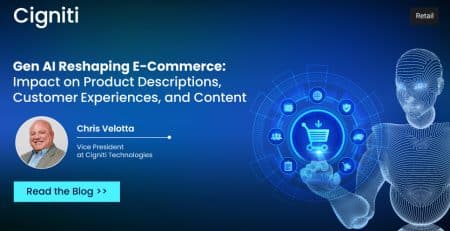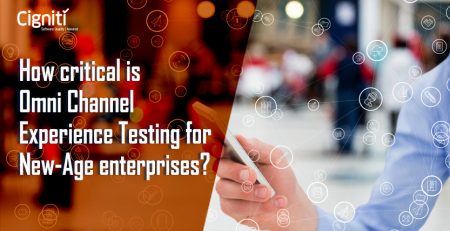How is IoT changing retail as we know it
|
Listen on the go!
|
IoT adoption in retail has been growing at a whopping 20% CAGR post-2015 and is expected to surpass $30 billion by 2024.
The Internet of Things is spawning innovation by enveloping every consumer, object, and activity into the digital landscape. The growth of IoT-enabled capabilities across the board is largely driven by proliferation of connected devices, adoption of operating standards and protocols, and advent of cost-effective technology platforms.
IoT is poised to be disruptive for the retail industry, especially in the post-COVID world with customers preferring minimal physical interaction. The customers are increasingly looking to have a distinctive shopping experience emanating out of a ‘system’ that blends physical and digital in a seamless and personalized manner. In fact, IoT has slowly made ingress into the retail ecosystem with retailers employing connected devices to reshape customer experiences, offer new products and services, and develop the right digital architecture to enter new markets.
IoT use cases in retail
1. Enhancing customer experience: Today, customers expect an immersive, transformative, and interactive digital experience. With IoT, the digital experience of customers is slowly but steadily coalescing into an “Internet of Me.” In this interconnected scenario, business enterprises are creating and delivering highly interactive, customer-centric products and services. The rising ownership of wearable devices is a testimony to the phenomenon called the “Internet of Me.”
With Internet of Things, retailers can build an interconnected ecosystem to facilitate real-time and bidirectional interaction both inside and outside the retail stores for the customers.
Location-based beacon technology is one of the examples of retailers employing IoT technology for augmenting their service capabilities. The beacons send a one-way Bluetooth signal directly to the customers’ phones as soon as come within its range. Also known as proximate marketing, retail stores use beacons to communicate with the customers about their special deals, promotional offers, discounts, coupons, special events, and relevant notifications to lure them to the store.
For example, if a customer enters the makeup section of a retail store, the app shall send beacon-based reminders about the makeup brands ‘liked’ by the customer when he or she was browsing online. This way, the brick and mortar stores operating ‘offline’ can get into the ‘online’ bandwagon and offer personalized customer experiences.
Further, retailers can improve the store layout and placement of merchandise by tracking customers’ movement inside the store using sensors. They can place premium products in areas with high customer footfall and possibly drive better sales of such products. The other benefits that can be offered by IoT in retail are:
- Customers can scan a displayed item at the store by using their smart devices and get product information, ratings, or social media reviews.
- Smart shelves with sensors in the store can find out if the inventory is low.
- Smart mirrors allow customers to try out dresses or garments virtually. This can significantly cut down the waiting time outside the in-store trial rooms.
- An automated checkout system can calculate the total cost of products bought at the store and allow the customer to pay digitally. This can significantly reduce the bottlenecks often observed at the checkout lane, especially during peak hours.
2. Optimizing supply chain management: Sensors fitted into products can help retailers improve inventory tracking and inventory management across the value chain. With IoT, retailers can keep real-time track of the order in the distribution chain. IoT-enabled smart tags allow retail store managers to alter the pricing of products in real-time with the help of an application. By integrating the supply chain with IoT-based devices, retailers can improve operations, enhance productivity, and reduce cost.
Conclusion
The retail sector is undergoing rapid transformation due to the impact of IoT, and the benefits are surely going to meet the growing expectations of the new-age customers. These technologies have the potential to bring the best of e-commerce to the brick and mortar stores and help them enhance and optimize CX while ensuring profitability and competitiveness.
Cigniti has been at the forefront of testing game-changing IoT devices and helping retail companies to move ahead in their digital transformation journey. Our skilled IoT testers have experience in using multiple IoT network protocols such as Wi-Fi, Bluetooth, Z-Wave, Zigbee, Cellular, LoRaWAN, Thread, 6LoWPAN, and NFC, among others.
Cigniti’s experience in IoT app Testing as a Service (TaaS), a team of IoT-skilled testers, and a robust IoT testing infrastructure support real-time testing of Big Data, Compatibility, IoT Security, Performance, Pilot, Regulatory, Reliability, Upgrade, Usability, and smart devices in a dynamic environment (RFID, Sensors).
Schedule a discussion to connect with our experts.





Leave a Reply